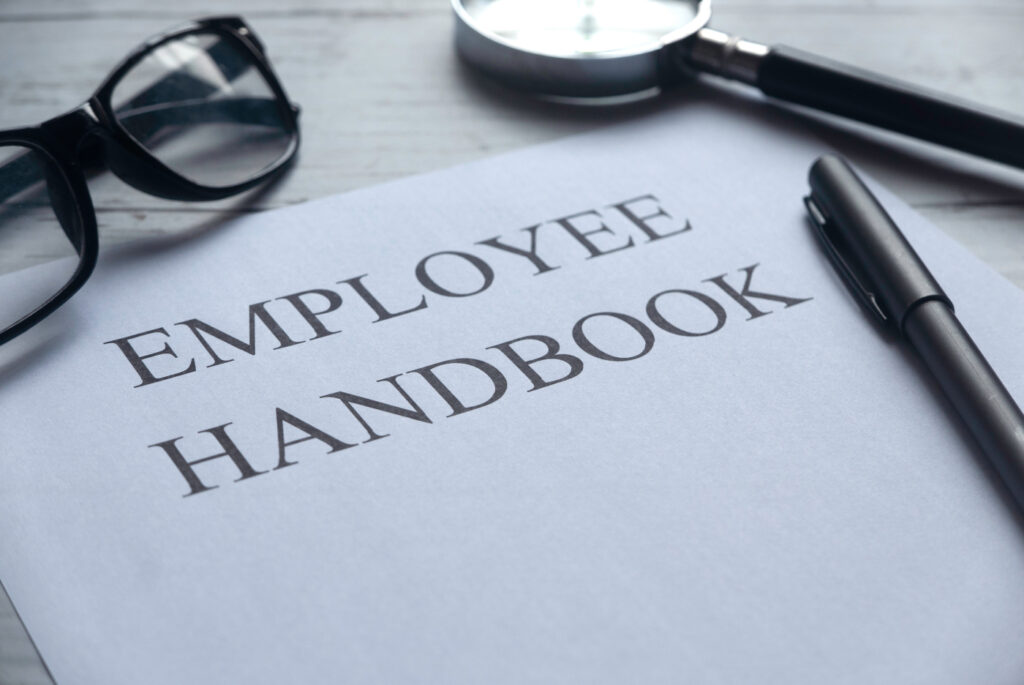Millennials have gotten a reputation for job hopping, and the data backs this up: A poll from Gallup found that 21% of Millennials changed jobs in the past year. While job hopping is becoming more normalized than ever, HR teams don’t have to resign themselves to losing candidates as soon as they hire them. Read on to learn more about why workers are job-hopping and what you can do to retain talent.
What is job hopping? Is job hopping bad?
Job hopping means quickly moving from one job to another, spending less than two years at each position. Previously, many employers avoided job hoppers when hiring for open positions. However, the Great Resignation during the pandemic has somewhat normalized job hopping, so it’s less of a red flag than it used to be.
If there aren’t employment gaps in the job hopper’s resume, then moving positions quickly may not necessarily give recruiters pause, as long as the candidate has only done it once or twice. However, if a candidate has job hopped between multiple jobs in a row, that could indicate a potential flight risk.
If employers invest a lot of money and time into hiring and training an employee, only to have them leave for a new job for a few months, which can negatively impact the business. If your company attracts a lot of job hoppers, the high turnover rates can cause productivity and company morale to decline as well.
What are the biggest reasons employees look for new jobs?
There are four main reasons that employees look for new jobs: higher salaries and better benefits, career advancement opportunities, toxic workplace culture, and the desire to explore other jobs or industries.
Higher salaries and better benefits
Getting a pay bump and better benefits and perks is one of the most common reasons that people seek out new jobs. Average annual raises typically hover around three to four percent, while it’s not unheard of for job switchers to get a 10–20% pay bump over their previous position. That’s a big difference, one that motivates many people to seek out new jobs quickly.
Career advancement opportunities
Sometimes companies don’t promote very quickly, or they are simply too small to offer a lot of upward mobility. In these cases, employers may be motivated to look for jobs at other businesses if they feel like they won’t get promoted quickly (or at all) at their current company.
Toxic workplace culture
Even a promising promotion may not be enough to get someone to stick around if the workplace culture is toxic. Lack of transparency, absence of trust, micromanagement, passive-aggressive behavior, gossip, bullying, and harassment can drive someone to leave a job within months, not years.
Desire to explore other jobs or industries
Many younger people who are early in their careers have the desire to explore new jobs and industries before settling on a career. Because of this, some Gen Z and younger Millennial employees like to switch between jobs quickly in order to experience as many positions as possible.
How can employers prevent job hopping?
If your company has been struggling with high turnover lately, there are changes that you can make to attract and retain talent. The first step is to offer competitive salaries as well as an extensive compensation package. Your total compensation package should be competitive with your rival companies in your industry and geographic area.
Don’t just stop at a good starting salary, either. Many workers decide to job hunt because their current position won’t give them a raise, so if you want to retain talent, your company will need to offer regular, substantial pay bumps. If you can offer a pay bump close to what they’d get by job switching, they’ll be much more incentivized to stay.
If you employ a lot of junior employees, give them the opportunity to explore different projects. Early-career workers are trying to figure out what kind of career they want to have, so if you can offer them that flexibility to move around within your company, they’ll be less likely to jump ship altogether.
Regardless of how old your employees are, you should invest in their professional development and help them gain skills. Helping them gain new skills and experience will also make it easier to advocate for a promotion for them. Managers should act as career coaches and provide mentoring to their direct reports.
Creating a positive, non-toxic workplace culture is also key to retaining talent. Gather feedback from your employees about what they think about the current culture and what changes could be made to improve it. As part of this effort, you should work to increase employee engagement and provide employee recognition to make them feel appreciated.
Above all, you should be proactive. Don’t wait for employees to leave before doing something about job hopping! Start taking steps to retain talent now, and your efforts will pay off in the long run.
What tools can help employers minimize job hopping?
There are many tech tools that can help your HR teams weed out serial job hoppers during the hiring process and retain talent after they sign their offer letter. On the front end, applicant tracking systems can help you find promising candidates and weed out workers with a history of job hopping.
Once you find someone you want to hire, payroll and benefits administration software make it easy to create a compensation package and ensure that they are paid on time. Meanwhile, performance management software helps managers and employees set goals and work towards them together. Look for tools that offer people analytics capabilities, which will help you use data to identify top performers that are deserving of a promotion.
Beyond just promotions, employee engagement and recognition software help make employees feel seen and appreciated. To encourage professional development and help employees learn new skills, you should also invest in learning and development systems that can be used for internal training.
Looking for software that can help you prevent job hopping and retain employees? Check out our guide to the best HR software to learn more about our top picks.





